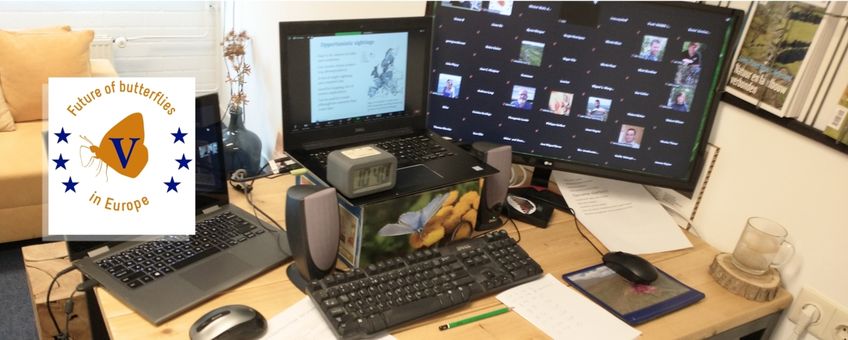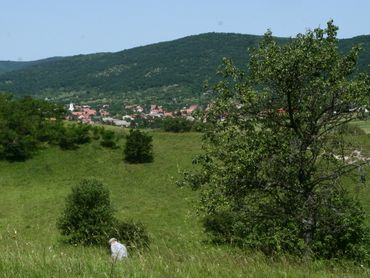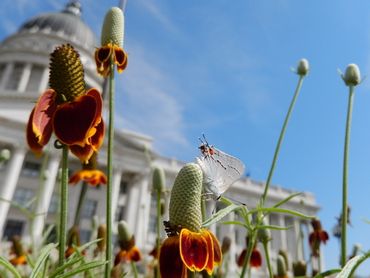
Symposium ‘Future of Butterflies’ brings European butterfly conservation scientists together
Dutch Butterfly Conservation From all insect groups, distribution and trends of butterflies are best known, just like the evidence on threats and effective measures. Thus butterflies offer indicators of how insects are doing. The picture is grim: in the Netherlands butterfly abundance in 2020 was only half of that in 1992 and across Europe, grassland butterflies have declined by a quarter since 1990. For moths, good progress is being made to develop a monitoring network to obtain similar trends. And the network of butterfly monitoring is spreading across a growing number of countries. The presentation of the representative of the European Commission showed that this knowledge is used fruitfully to shape new nature policies. The symposium shared insights from new research. Amongst others, these emphasized the importance of connectivity in the landscape to allow species to shift their range along with climate change, but also that species that are not capable of doing so benefit from robust and heterogeneous protected areas. Nitrogen deposition featured prominently on the agenda: it is becoming ever more clear that excessive nitrogen can cause detrimental nutritional imbalances in the food plants of butterflies.
From all insect groups, distribution and trends of butterflies are best known, just like the evidence on threats and effective measures. Thus butterflies offer indicators of how insects are doing. The picture is grim: in the Netherlands butterfly abundance in 2020 was only half of that in 1992 and across Europe, grassland butterflies have declined by a quarter since 1990. For moths, good progress is being made to develop a monitoring network to obtain similar trends. And the network of butterfly monitoring is spreading across a growing number of countries. The presentation of the representative of the European Commission showed that this knowledge is used fruitfully to shape new nature policies. The symposium shared insights from new research. Amongst others, these emphasized the importance of connectivity in the landscape to allow species to shift their range along with climate change, but also that species that are not capable of doing so benefit from robust and heterogeneous protected areas. Nitrogen deposition featured prominently on the agenda: it is becoming ever more clear that excessive nitrogen can cause detrimental nutritional imbalances in the food plants of butterflies.
 The second part of the symposium highlighted the trends of butterflies in North America, indicated the importance of seeing the efforts in butterfly conservation from a socio-ecological perspective, went on to show how urbanisation alters the composition of communities of butterflies and moths and revealed how genetic analyses increase our knowledge on patterns in butterfly diversity at a European scale – and how well we can use this science to protect biodiversity.
The second part of the symposium highlighted the trends of butterflies in North America, indicated the importance of seeing the efforts in butterfly conservation from a socio-ecological perspective, went on to show how urbanisation alters the composition of communities of butterflies and moths and revealed how genetic analyses increase our knowledge on patterns in butterfly diversity at a European scale – and how well we can use this science to protect biodiversity.
In between presentations, participants were able to meet and discuss ideas in smaller groups. Not a true substitute for a live meeting, but certainly worthwhile! You can find the programme of the two days of the symposium and watch back the presentations on YouTube.
Text: Michiel Wallis de Vries, Irma Wynhoff and Chris van Swaay, De Vlinderstichting/Dutch Butterfly Conservation
Photos: Kars Veling
